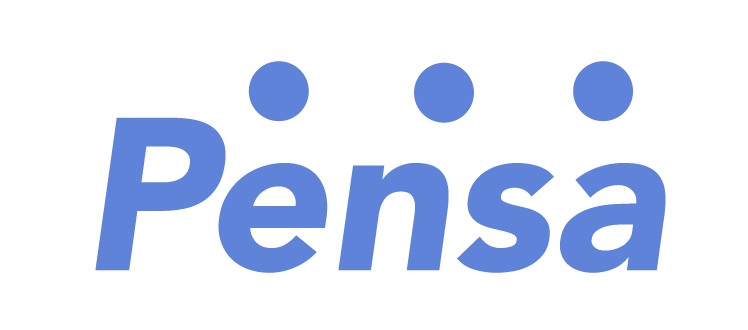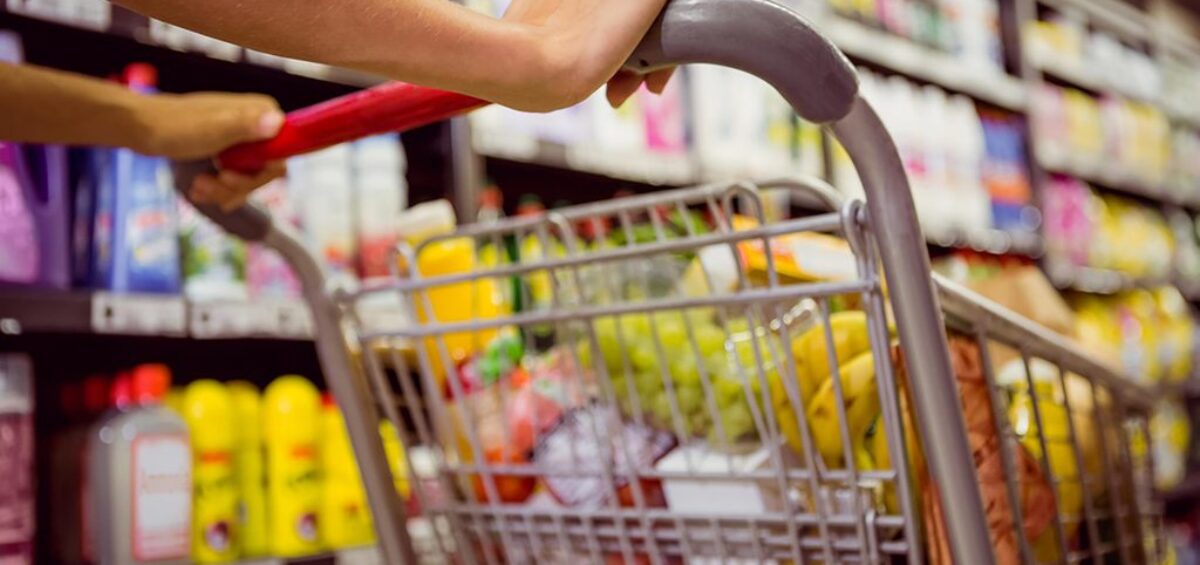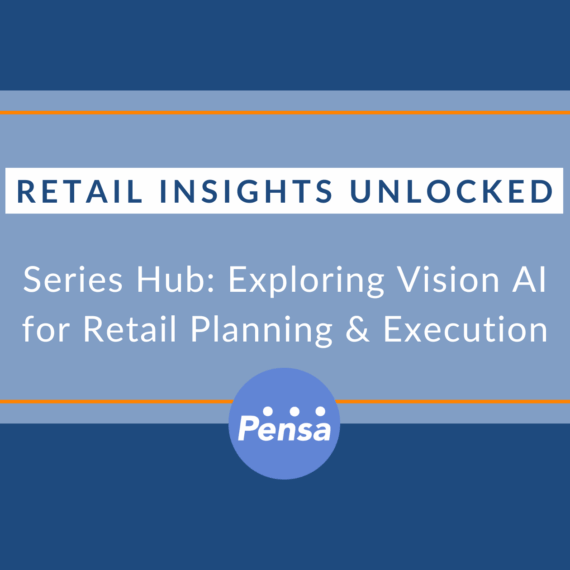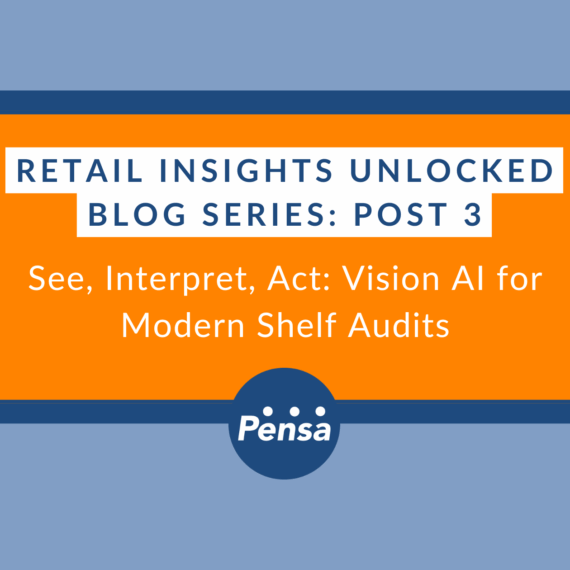The retail shelf remains the moment of truth for CPG brands. If your product is not available for sale in the right place at the right time, you will miss a sale and may lose a once loyal customer to a competitor.
On-shelf availability (OSA) is more important today than it has ever been. But assumptions about OSA levels are often based on estimates that obscure the reality of what’s happening on the shelf. Inaccurate assumptions can lead to ineffective action that in turn disappoints a shopper and leaves money on the table.
We recently had the pleasure of discussing OSA with Stacy Ring-Sanders on the Category Management Association’s webinar Winning the Shelf.
You can view a replay of the webinar here.
Stacey is the Vice President of Category Strategy and Development at The Kellogg Company (and, also the CMA Board Chairwoman and a Pensa customer).
Stacey shared her candid perspective on how the CPG industry has traditionally made assumptions about OSA, the reality of OSA at the shelf, opportunities for CPG manufacturers to consider OSA through a different lens and strategies to turn better insights into more effective action.
Here are a few of our key takeaways from the discussion:
OSA Perception Versus In-Store Reality
Although OSA is currently better than it was during the height of COVID’s supply chain challenges, different OSA challenges now exist. Inflation is driving a change in consumers’ shopping choices. Private label is growing, pricing elasticity is growing, and people want personalization. These pressures have caused “true OSA” to come into focus for CPG brands like Kellogg’s.
Kellogg’s has experienced a “reality awakening” regarding the difference between historic perceptions about OSA levels and the true state of product availability when shoppers are in the store looking at the shelf for products to purchase. Pensa measured 2022 industry wide average OSA across all CPG categories at 78%. That’s much lower than historical industry assumptions.
Kellogg’s historically used proxies for OSA that provided a “false sense of security”. Visibility to what’s actually on the shelf and available for purchase now provides them a much better view of OSA to identify the biggest opportunities for revenue growth.
Practical Applications of Accurate OSA Data
Kellogg’s uses highly accurate OSA data to improve operations in several key areas:
- Understanding the true revenue potential from resolving product out-of-stock issues. Kellogg’s is scorecarding across retailers and categories to compare expected OSA with actual OSA to pinpoint growth opportunities and adjust demand planning accordingly.
- Accurate OSA data provides a data-driven basis for SKU prioritization that tiers SKUs to get better results from assortment planning. This data provides a common “demand side” view of SKU prioritization that helps Kellogg’s more effectively communicate across legacy commercial and supply chain functional silos to make more effective business decisions.
- Visibility to actual shelf inventory conditions provides Kellogg’s an improved understanding of share of shelf. For example, post reset, Kellogg’s now has granular, store-level detail regarding what’s happening to share of shelf “in reality” versus what was planned.
Comprehensive OSA Data Anchors Productive Business Discussions
Trending full-category shelf inventory data that includes competitors and private label has over time provided Kellogg’s the ability to dispel fallacies within their organization and with their retailer partners. Visual evidence of actual shelf inventory conditions helps “myth bust” incorrect perceptions. Accurate data leads to more productive internal cross-functional discussions as well as very practical discussions with retailer partners regarding issues like perpetual out-of-stock items and how facings may need to increase as velocity has increased, how the planogram can be improved for mutual benefit etc.
Accurate Shelf Inventory Visibility Improves Omnichannel
Even as omnichannel grows in importance for CPG brands and retailers, the number of items listed as in stock on a grocery retailer’s digital shelf is typically highly inaccurate. This inaccuracy leads to a suboptimal shopper experience and the potential for lost revenue and loyalty for both brands and retailers. An emerging industry focus is understanding and improving true store level inventory that’s available for the shopper to buy online for in-store fulfillment. Better feeds of actual shelf inventory conditions will help close this gap to the benefit of shoppers, retailers, and CPG manufacturers.
The Pensa Difference
The Kellogg Company is among the leading CPG manufacturers who have already discovered how Pensa’s shelf intelligence can uniquely deliver growth and competitive advantage. If you would like to learn more about how Pensa’s highly accurate view of shelf inventory conditions can help you achieve your business objectives, please contact us.







